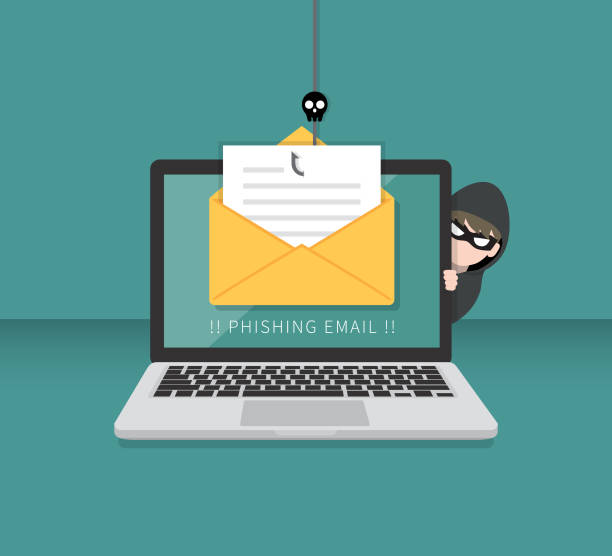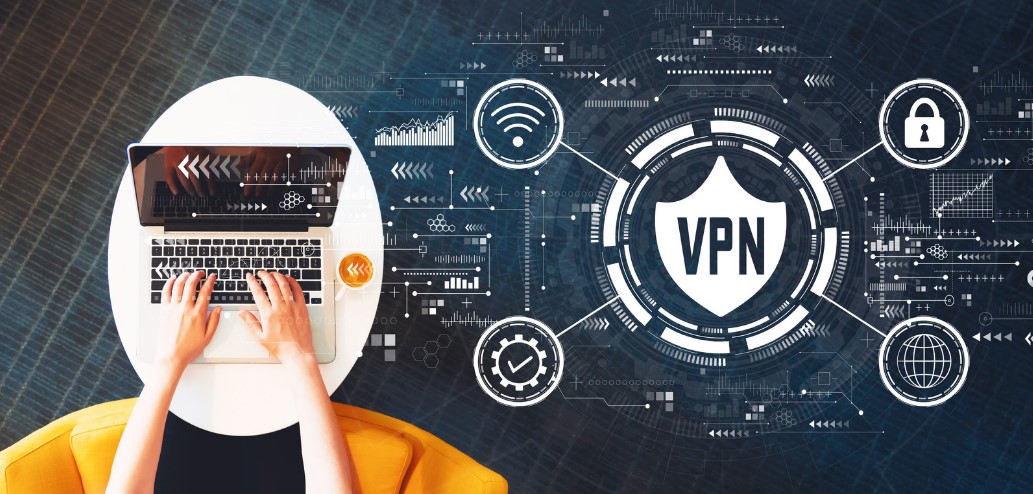Malware Progression
Malware, or malicious software, has been around far longer than most probably know. One of the first reported cases of malware was in 1988 with the Morris worm. The author of the Morris worm denied malicious intent when distributing the malware. According to the author, it was merely a test to determine the reach of the internet. Unfortunately, the Morris worm went viral, infecting 5% of online PCs.
Two years later, the first polymorphic virus was written. Polymorphic viruses are viruses that change a single piece of code to become a new, undetectable virus. Since origination, polymorphic viruses have increased in prevalence. As more and more anti-virus programs became available, the concept of a polymorphic virus was to avoid detection from these security solutions. This method of infection is still quiet successful against the traditional blacklist security approach.
Current Malware Threats
Today, malware is an umbrella term used to describe worms, trojans, viruses, adware, scareware, ransomware and spyware. Recently, the most popular form of malware, ransomware, has been in the spotlight. Ransomware is a form of malware that will encrypt your personal files and hold them hostage until the ransom demand is paid. It has been reported the ransoms paid in 2016 alone will exceed $1 billion (USD). Let me reiterate, that is for ransomware alone. This number does not include the amount people are paying on tech support scams or malware removal.
As technology continues to advance, the risks of malware attacks increase exponentially. Our dependence on computers and smart devices has skyrocketed, making our devices more appealing for hackers to attack. Unfortunately, this won’t be changing anytime soon. Our society is becoming more and more technologically advanced. Our refrigerators, vehicles, phones and televisions have WiFi capabilities. When malware first originated, that was never a thought. Not only are our PCs at risk, but all of our technology.
Staying Protected
With malware more prevalent than ever, you need to keep your information secure. You can do so by using a security solution that includes application whitelisting technology. Application whitelisting has proven to be the most effective means of protection against today’s malware threats. So much so, the FBI and US-CERT have encouraged all PC users to implement a security solution that includes application whitelisting. Also, the NSA has added application whitelisting to their best practices. PC Pitstop offers a security solution that includes application whitelisting technology, PC Matic for home use and PC Matic Pro for business and government use.
With the growth in malware threats, it is clear the world needs better security. Follow the advice of the FBI, US-CERT and NSA. Implement a security solution that includes application whitelisting, and keep your information secure.




